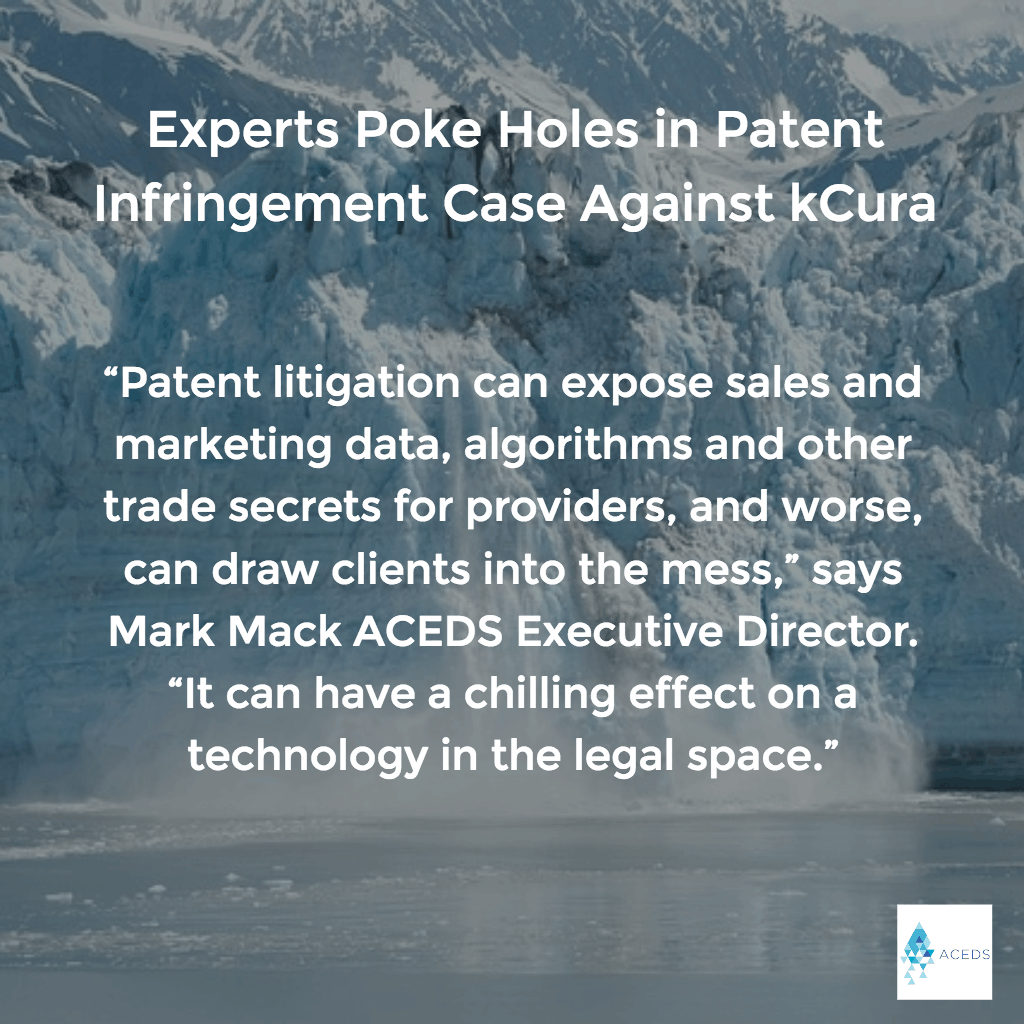ARCHIVED CONTENT
You are viewing ARCHIVED CONTENT released online between 1 April 2010 and 24 August 2018 or content that has been selectively archived and is no longer active. Content in this archive is NOT UPDATED, and links may not function.Extract from article by Jason Krause
Pickens believes that the paper is just one example of prior art that could invalidate the patent claim against kCura and others. The patent in question describes, “A method and apparatus… for visually coding or sorting search results based on the similarity of the search results to one or more concepts.” He says there are striking similarity between Byrd’s research and the patent filing. “As far the basic essence of the patent, I see it as the same as the basic essence of Byrd’s paper, which is to show a visualization of multiple ‘atoms’ that are present in a search query,” he says.
Byrd’s paper describes a system to visualize the relative strength of the match between each term in a multi-term query and the document. The paper shows a list of query results, with relative matching strengths of each term shown in red, green, and blue on a horizontal bar. In the patent filing, the authors show different boxes, and color intensity represents the degree of the match.
However, as Pickens and others point out, any one prior example of visualization technology doesn’t necessarily invalidate a patent on a new technology, if the new visualization is different from whatever came before. In addition, legal experts say a recent Supreme Court ruling poses a high hurdle for kCura and other e-discovery vendors hoping to challenge the patent claims.
Read the complete article at Experts Poke Holes in Patent Infringement Case Against kCura






















